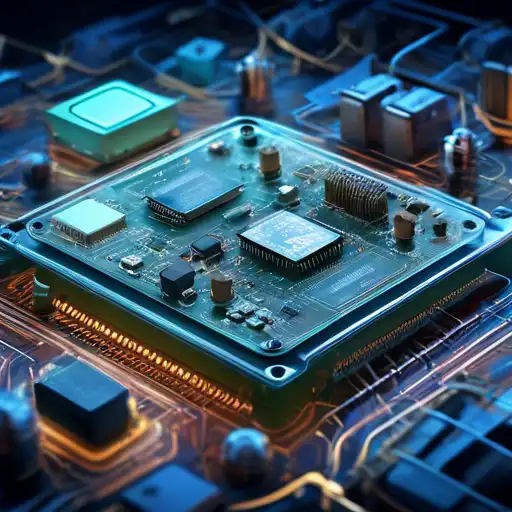Introduction to Embedded Systems
Embedded systems are specialized computing systems that perform dedicated functions or tasks within a larger system. Unlike general-purpose computers, which are designed to handle a wide range of tasks, embedded systems are optimized for specific tasks, making them more efficient and reliable for their intended applications.
The Role of Embedded Systems in Smart Devices
From smartphones to smart refrigerators, embedded systems serve as the brains behind the operation of smart devices. They process inputs from sensors, execute programmed instructions, and control outputs to interact with users or other devices. This seamless integration allows for the automation and intelligence that define smart devices.
Key Components of Embedded Systems
Embedded systems typically consist of the following key components:
- Microcontroller or Microprocessor: The core that processes data and executes instructions.
- Memory: Stores the program code and data.
- Input/Output Interfaces: Connects the system to sensors, actuators, and other devices.
- Power Supply: Provides the necessary power for the system to operate.
Examples of Embedded Systems in Everyday Life
Embedded systems are everywhere, making our lives easier and more connected. Here are a few examples:
- Smartphones: Manage everything from touch screen inputs to wireless communications.
- Wearable Devices: Track health metrics like heart rate and steps taken.
- Home Automation Systems: Control lighting, temperature, and security systems.
- Automotive Systems: Enhance safety and entertainment in vehicles.
The Future of Embedded Systems
As technology advances, embedded systems are becoming more sophisticated, enabling smarter and more interconnected devices. The Internet of Things (IoT) is a prime example of how embedded systems are evolving to create a more connected world. With the integration of artificial intelligence and machine learning, the potential applications of embedded systems are limitless.
Conclusion
Embedded systems are the unsung heroes of the digital age, powering the smart devices that have become integral to our daily lives. As we continue to push the boundaries of technology, the role of embedded systems will only grow, paving the way for innovations that we can only begin to imagine.
